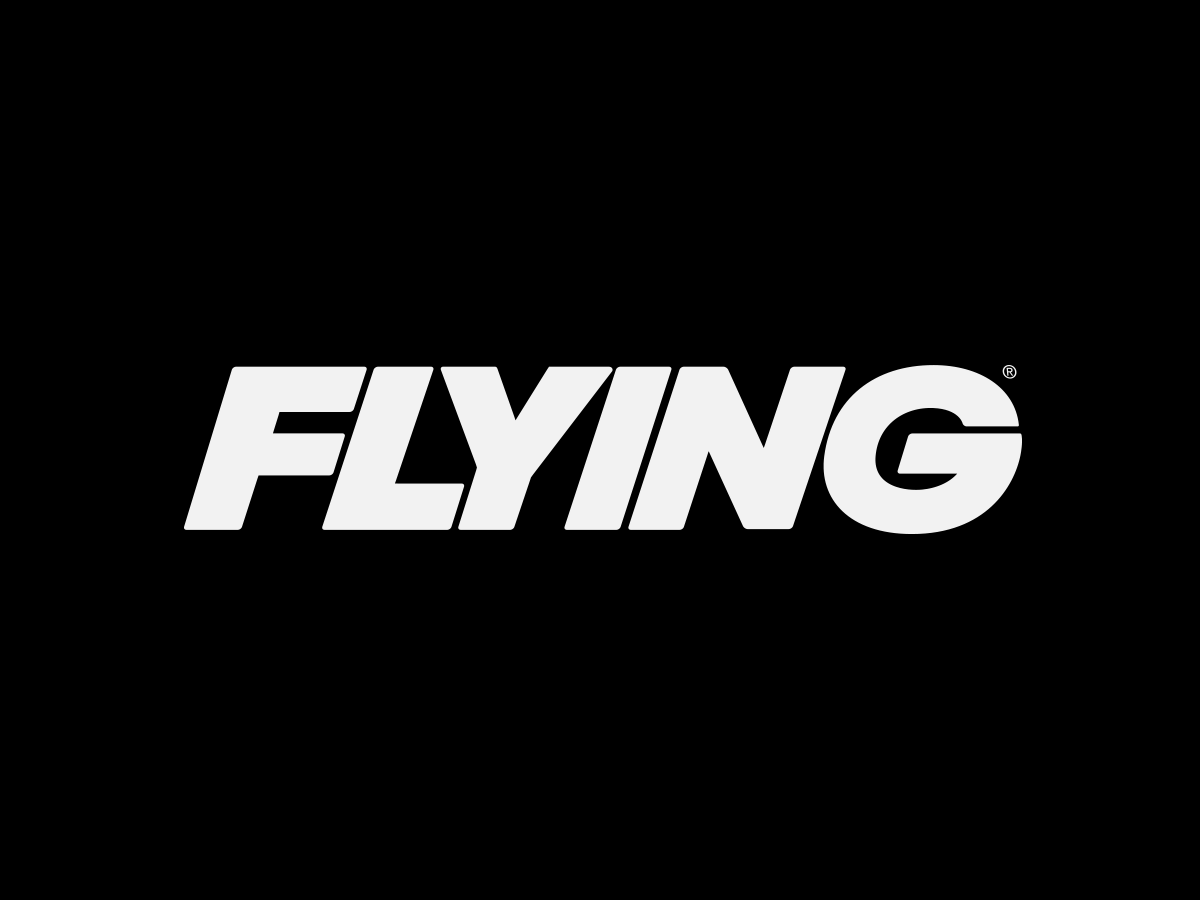
As you've been reading, flying a jet single pilot is one of the most challenging piloting skills there is. It demands an unrelenting focus on the job at hand; the wherewithal to swap hats quickly; and the ability to use automation consistently and efficiently to ease the burden, especially during high-workload phases of flight. In fact, it's safe to say that flying single pilot is in many ways an entirely new skill set. So it follows that the training for single-pilot certification is done in a different way than the majority of training for most business aircraft, which are required by the regs to be flown by a crew of two.
Traditionally, training as a crew involves a team of two going through the initial or recurrent process as a team, with the two pilots typically (though not always) switching off between the right and left seats.
Single-pilot training is often conducted in a similar way, though in this case the pilot not flying really isn't flying, or helping the captain to fly in any way. They're really just observing, learning from the mistakes and successes of the left seater until it's their turn to fly. Some providers encourage single-pilot candidates to book a single session in the simulator, as this approach presents a training experience that is more like what the actual flying to come will be like.
There are only a handful of training organizations that provide single-pilot training, which shouldn't be too surprising, as there are only a handful of jets approved for single-pilot operation.
FlightSafety International has been providing single-pilot training to pilots in a handful of airplanes certified for single-pilot operations for longer than anyone else, and it does more single-pilot training for more platforms than any other training provider. It has courses for the Citation 500 series, CitationJets and the Raytheon Premier I, and it has been chosen to provide training for the newly type certificated Cessna Citation Mustang.
Another major player is CAE SimuFlite. It has been in the single-pilot training business for almost 15 years, offering Citation Single Pilot training in the Citation 500-series models: the Citation I, I-SP, II, II-SP, V, Bravo, Ultra and Encore, as well as in the CitationJet, all at the company's DFW flight training center.
SimCom is a relative newcomer to single-pilot training, having been in the game only since 2001. But in that time, it's established a serious presence in the market, offering single-pilot training for the Citation 500, 550, S550, 552 and 560 series at both its Orlando and Scottsdale training facilities. Both the initial and recurrent courses take six days, and the check ride required for the initial approval requires flying an actual airplane, as per the FARs. You might think that a majority of the pilots who train to fly single-pilot eligible airplanes would opt for the -S rating, but you'd be wrong: the vast majority (around 90 percent at SimuFlite) opts not to get the single-pilot authorization. At FlightSafety, that number is closer to 70 percent.
For those who do go the single-pilot route, there is no official screening process, though candidates need a class I or II medical certificate, an ATP or a commercial certificate with IFR rating, 1,000 hours total time, 75 hours of instrument time (including 40 hours of actual) and 500 hours in turbine-powered aircraft, along with a couple of other requirements. For less experienced pilots, FlightSafety sometimes recommends a turbine transition course, and instrument refresher or both. After getting the S rating, pilots without the mandated prerequisite experience might have to fly with a more experienced pilot for between 10 and 25 hours before flying as PIC.
At SimuFlite, the single-pilot approval doesn't take much longer to get than crew training. Initial training takes six days, including a check ride in the airplane, and recurrent training typically takes four days, with an optional fifth day. CitationJet initial training is conducted as a crew, with single-pilot flying added in. The check ride is extended by an hour for those looking to get the S signoff.
Mike Luckey, director of Citation training at SimuFlite, says that successful candidates have "strong instrument flying skills, the ability to multi-task, organizational and prioritization skills, high level of judgment backed up by experience or aviation education." In other words, candidates for the single-pilot signoff have excellent piloting skills in general and a good deal of experience.
Single pilot flying isn't for every pilot, not even for every pilot who is a proficient and skilled member of a flight crew. And there is doubtless some self-selection taking place; only those who are ready for the rigors sign up for the course. Indeed, Luckey says that very few candidates wash out of the course, though there are some who require retraining on certain maneuvers, but that number is consistent with pilots who are not seeking single-pilot approval.

Sign-up for newsletters & special offers!
Get the latest FLYING stories & special offers delivered directly to your inbox






